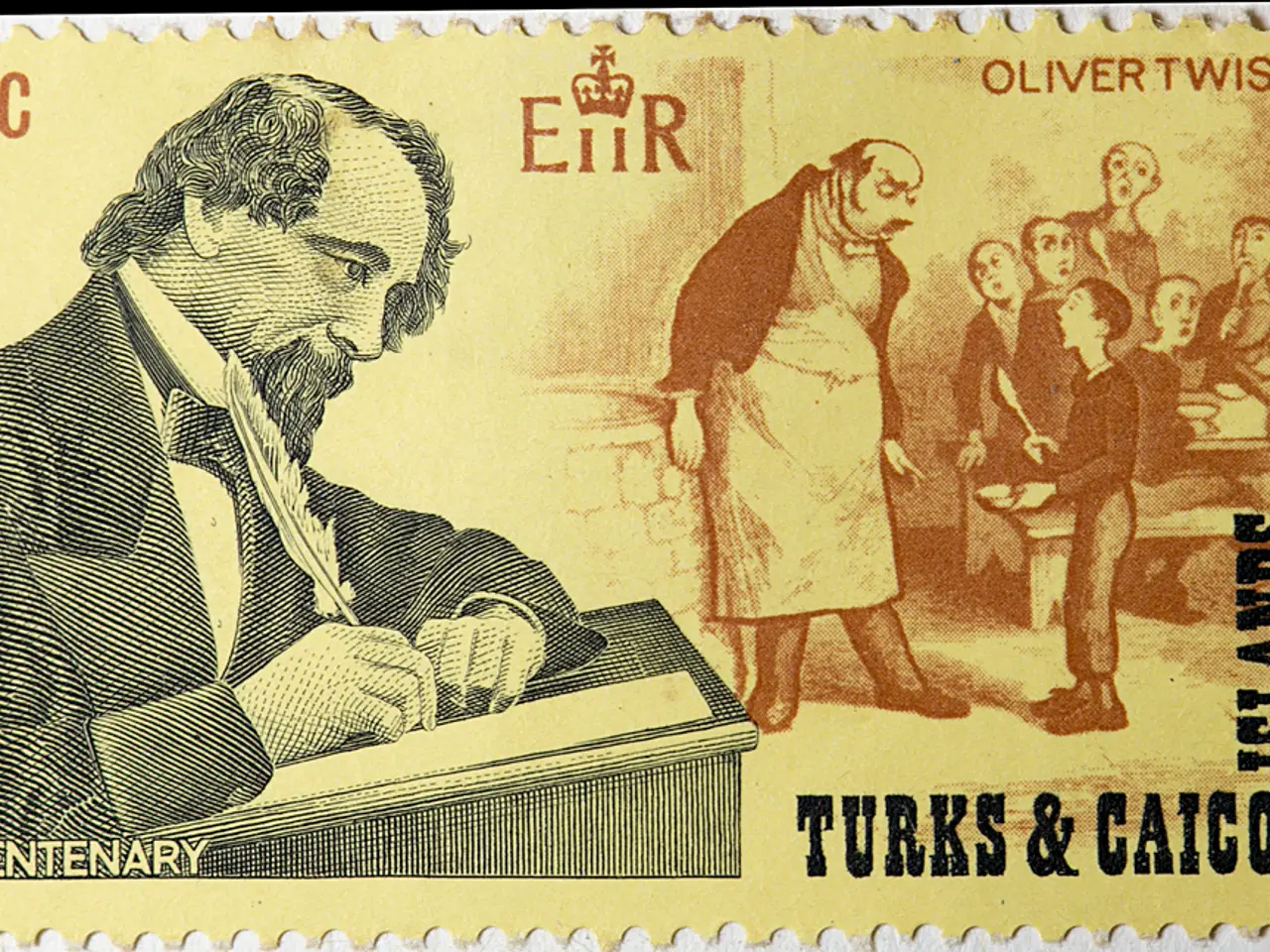Struggling Mortgage Approval Rates: Just 8% of Councils Approve Borrowers Based on Affordability Criteria
In recent times, the property market has shown signs of recovery, with house prices growing consistently despite the impact of high interest rates in previous years [1]. This positive trend is attributed to lower interest rates, as the Bank of England reduced the base rate to 4.00% in August 2025 [2]. As a result, typical two- and five-year fixed rates now hover around 3.69%-3.99%, and 10-year fixed rates are approximately 4.34%-4.49% [2].
The improved mortgage affordability is reflected in various regions across England, Scotland, and specific areas like the East Midlands, East of England, London, South West, and South East. The latest data shows a decrease in interest rates, making mortgages more affordable compared to previous months [1][2].
Notably, the best two-year fixed mortgage rates are approximately 3.69% (Lloyds Bank), five-year fixed rates hover around 3.84%-3.99%, and the best ten-year fixed mortgage rates are about 4.34%-4.49% (Santander and others) [2].
However, affordability can differ significantly by location due to varying house prices and local income levels. For instance, London and the South East, with higher property prices, generally experience lower affordability despite similar mortgage rates. On the other hand, regions like the East Midlands and South West tend to have comparatively better affordability ratios due to lower property prices [5].
Regrettably, the research does not provide information on the affordability for home buyers in Wales or Northern Ireland. Furthermore, it highlights the affordability issue for many homebuyers in England and Scotland, with only 8% and 35% of local authorities offering affordable mortgage deals based on an average income multiple of 4.5x in England and Scotland, respectively [1].
It is worth noting that the research was conducted by Alexander Hall, a mortgage broker in London, who analyzed average earnings data across areas in England to examine whether homebuyers stood a chance of climbing the property ladder, based on securing a mortgage with a 15% deposit [3].
Despite these efforts, earnings growth has not been sufficient to help bridge the gap between what homebuyers can borrow and the value of homes they wish to buy. Moreover, over 30% surge in inclusivity efforts has been observed across the built environment, with some lenders driving innovation within the sector to assist homebuyers with their aspirations of homeownership [6].
In conclusion, the current mortgage deals across the UK offer rates generally between about 3.7% and 4.5% on fixed-rate products, with improving affordability trends linked to recent interest rate reductions. However, detailed local authority-level affordability metrics by region are not explicitly available in the recent data [1][2][4][5]. For a comprehensive list of councils able to offer affordable home mortgages, additional resources are available.
- Innovative approaches within the built environment, such as new mortgage products and lending practices, are growing in popularity to assist homebuyers, bridging the gap between their affordability and the rising house prices in the real-estate market.
- To cater to various regions with varying housing-market dynamics, financial institutions are increasingly focusing on investing in schemes that provide competitive mortgage rates, aiming to improve affordability in business sectors like housing across England, Scotland, and specific areas.
- As a result of innovation in financing methods, more homebuyers are being attracted to investing in properties, given the lower mortgage rates available in the current market that have been influenced by the reduction in interest rates by the Bank of England.




